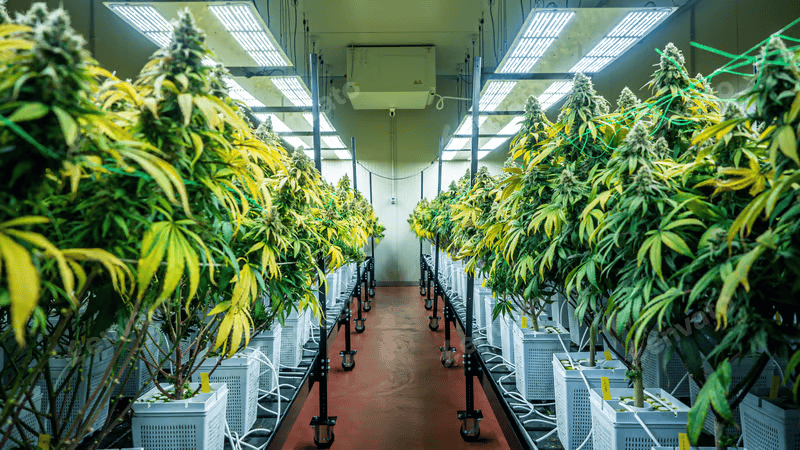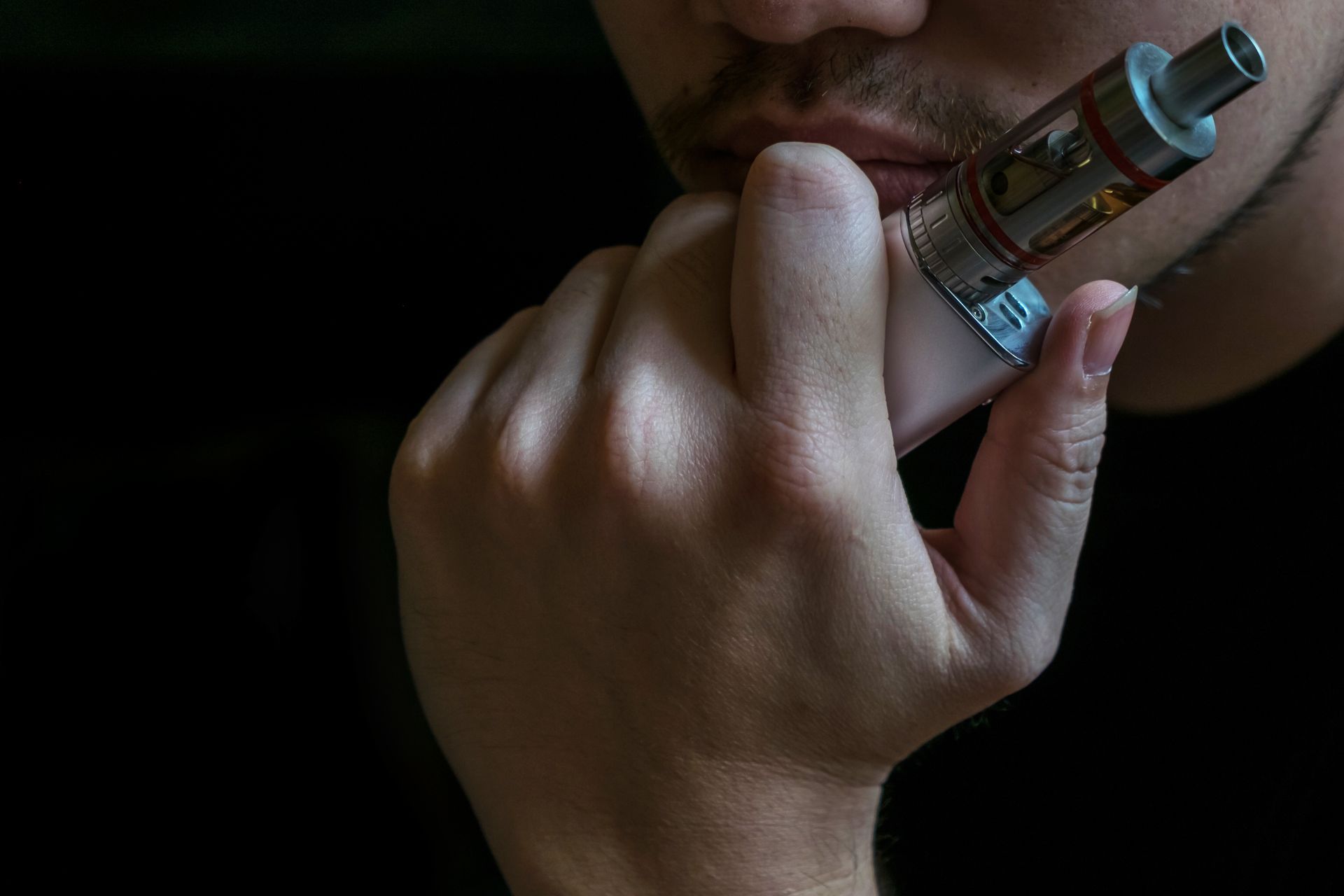The Truth About Terpenes
Terpenes are found throughout the plant kingdom. From lavender and eucalyptus to citrus and hops, if it has an aroma, terpenes are responsible. On their own, terpenes are not psychoactive, meaning they won't get you high. But as part of the entourage of cannabinoids and phytonutrients that make up the cannabis plant, they strongly influence the kind of high each strain is known for.
Over 100 terpenes have been identified in the cannabis kingdom. The most abundant is myrcene, distinguished by its skunky smell. This terp (which also gives mangoes their alluring aroma) potentiates the effects of cannabis – in other words, it gets you higher than you'd get without it. It also contributes to the feeling of calm most highs produce. You've enjoyed the effects of myrcene in strains like Blue Dream and Granddaddy Purple.
Another common terpene is limonene, which smells of citrus and contributes to mood elevation. This is why you feel so much better when you consume a strain with a strong lemon scent. If you've ever enjoyed Wedding Cake or Super Lemon Haze, you're already well acquainted. Linalool, the floral scent with spicy undertones that gives lavender its lovely aroma, is also what gives kush strains their unmistakable smell. Not only does it elevate the mood, it also creates the sedative effect kushes are known for.
. But terpenes actually do much more than enhance the cannabis high. They also contribute to a number of the plant's therapeutic effects. Terps make the healing effects of CBD more powerful and prolonged. Some, including myrcene, have anti-inflammatory properties. Pinene, the most abundant terpene in nature, gives strains their fresh pine smell. It has anti-tumor effects and can help dilate the bronchial tubes – think of the times you felt your lungs expand from taking a deep breath in a pine forest – making it effective in treating asthma. It also influences the high by combating short-term memory loss. And limonene is not only useful in treating depression, it can also stimulate weight loss.
While THC may get most of the attention, terpenes deserve recognition for their essential role in creating the epic highs we love and the therapeutic effects that help make cannabis so medicinal. Try them all and find your faves!
Terpene spotlights:
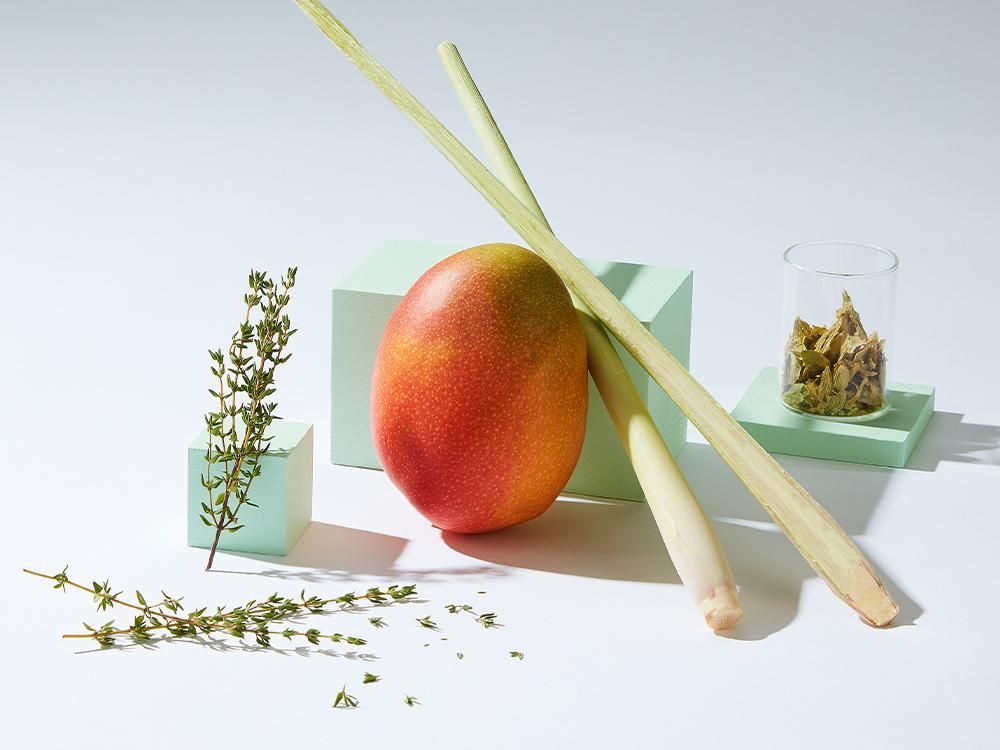
Myrcene
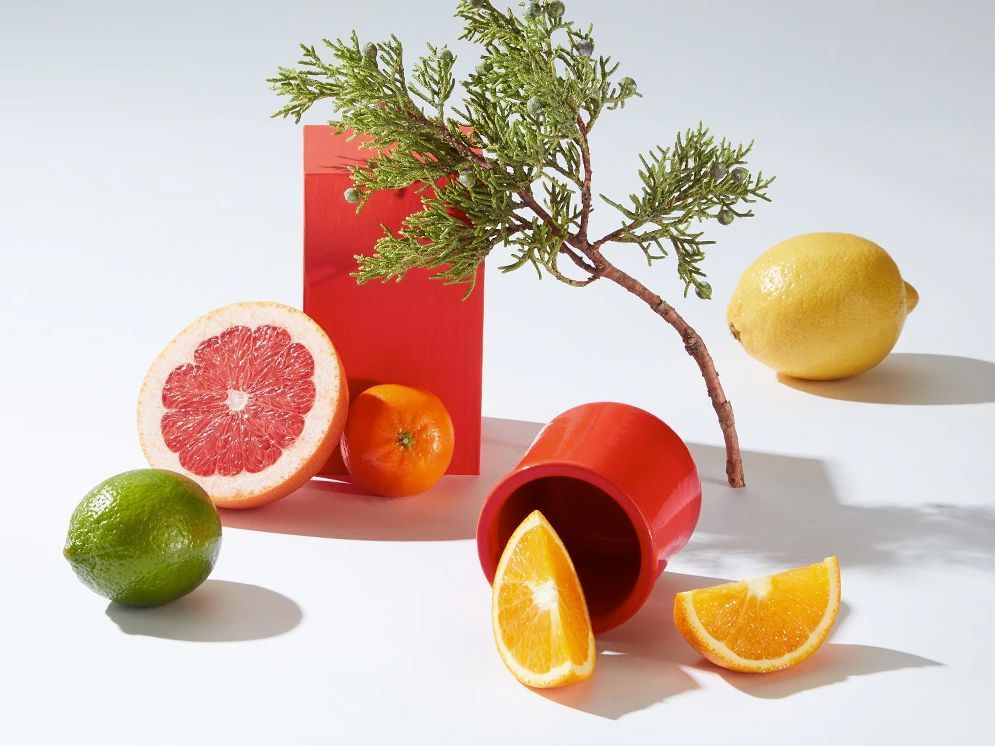
Limonene

Beta-caryophyllene
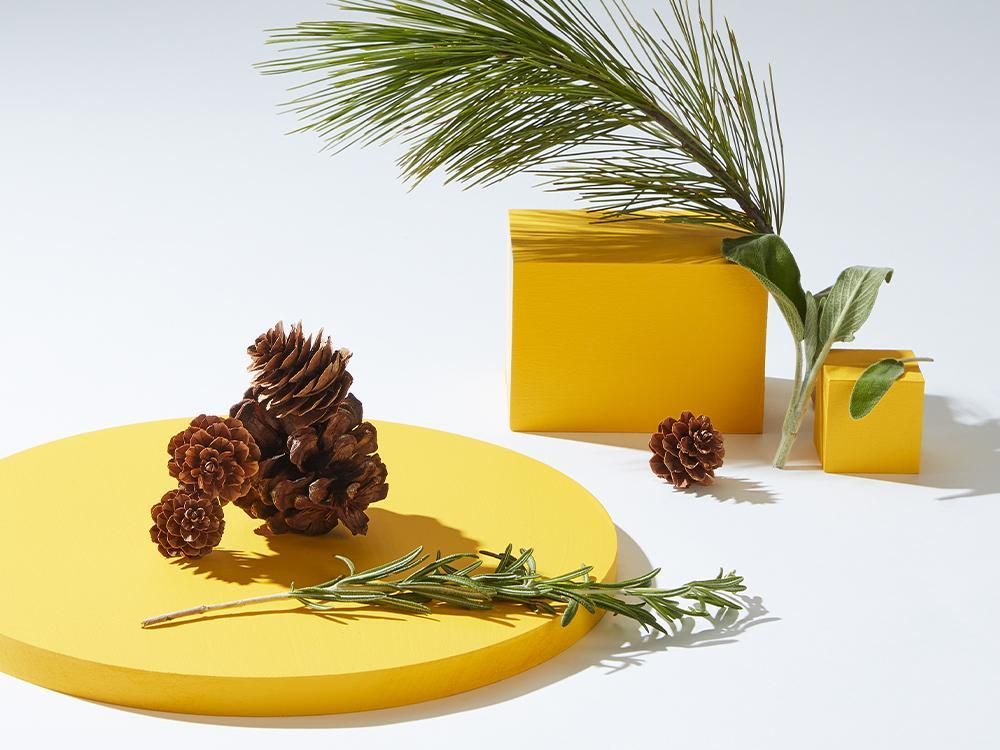
Pinene

Linalool




